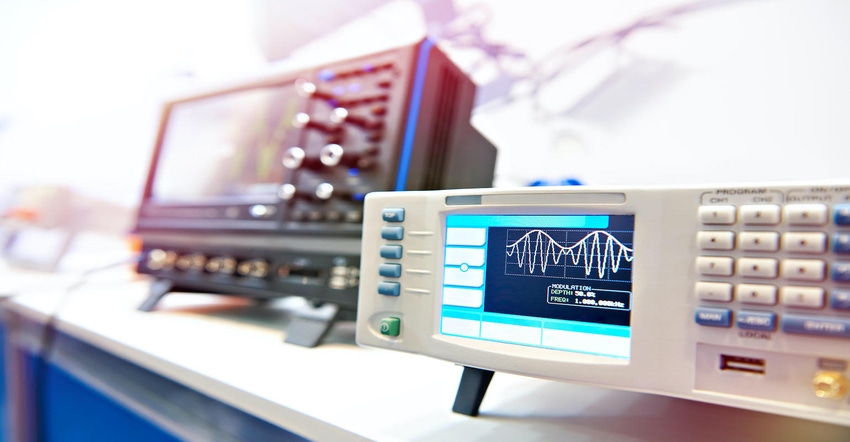Need to Generate an Arbitrary Signal Waveform? You’re not Alone
Arbitrary waveform generators are one of the most popular pieces of test equipment. Here’s why.
October 5, 2021

Did you know that the Arbitrary Waveform Generator Market is projected to reach US$ 624.4 million by 2028 from US$ 355.3 million in 2021?
But what is a waveform generator? Is it the wave-making technology that surfers use to practice their moves in large pools? Several companies specialize in replicating ocean surfing waves within controllable man-made environments.
But the waveform generator referred to by the report is one that works in a figurative ocean of electronics. In general, a waveform generator is a type of signal generator used to generate electrical waveforms over a wide range of signal types. Common types of waveforms outputs include sine wave, square wave, ramp or triangular wave, pulse wave, cardiac pattern wave, Gaussian pulse waves, and arbitrary waves.
The last waveform type – arbitrary waves – is a critical differentiator between an arbitrary waveform generator (AWG) and an arbitrary function generator (AFG). An AWG is more complex and contains a greater number of feature sets than an AFG, as the former can generate user-defined waveforms of almost any size. Conversely, an AFG typically generates only a custom periodic waveform.
Think of it this way: If an oscilloscope allows the user to see into a circuit to watch signals interact with components, then a waveform or function generator (sometimes called a signal generator) will enable them to inject a known, well-defined signal into a circuit. By inputting a known waveform into a physical design, the user hopes to stimulate the circuit to respond in a predetermined way. Engineers and technicians commonly do such tests to verify circuit designs.
Since the wave shapes produced by the generators can be programmed independently by the user, they are capable of performing a wide variety of signal applications such as channel summing, synchronization, and noise generation.
Applications
The demand for arbitrary waveform generators is rising with the increasing need for testing, measuring, and monitoring devices requiring high electronic precision. For example, the AWG is well-suited for sensor simulation in military and avionics communication and system test applications with a large number of DC/AC signal sources.
The telecommunication sector is one of the largest markets for test equipment like AWGs. The advent of wireless technologies such as 5G networks, IoT, smart cities, AI, and more has increased the need for precise and efficient arbitrary waveform generators to carry out specific critical equipment testing. The RF-related applications of an AWG, such as measuring the frequency response of bandpass filter, measuring intermodulation distortion of RF components, and measuring pulsed noise-testing, are widely used in the telecommunication industry, notes the Inside Partner report.
Thus, the ongoing advancement in the telecommunication industry worldwide is creating ample opportunities for the key players to grow in the arbitrary waveform generator market.
John Blyler is a Design News senior editor, covering the electronics and advanced manufacturing spaces. With a BS in Engineering Physics and an MS in Electrical Engineering, he has years of hardware-software-network systems experience as an editor and engineer within the advanced manufacturing, IoT and semiconductor industries. John has co-authored books related to system engineering and electronics for IEEE, Wiley, and Elsevier.
About the Author(s)
You May Also Like





